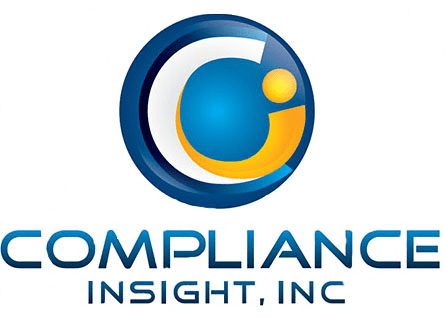Navigating the choppy waters of FDA regulations can be daunting for anyone within the FDA-regulated industries. One of the most alarming situations you might face is receiving a warning from the FDA, specifically in the form of an FDA 483 / Warning Letter. Understandably, this can send waves of panic across your team. After all, the word “warning” itself signals danger ahead. But let’s unpack these terms and see how you can weather the storm, drawing from both official definitions and our personal experiences in the field.
Understanding FDA 483 and Warning Letters
What Are They?
First off, let’s clarify what these documents are. An FDA 483, also known as an “Inspectional Observations” form, is a notice that documents and communicates concerns discovered during FDA inspections. Think of it as the FDA’s way of saying, “We’ve noticed some issues that need your attention.”
On the other hand, a Warning Letter is more serious. It’s an official notification from the FDA that your company has been found in violation of certain regulatory standards. This isn’t just a friendly heads-up; it’s a formal call to action, requiring immediate and effective responses.
The Real Impact
I remember the first time one of our clients received an FDA 483. There was a palpable sense of urgency to address the observations. However, it was when they were issued a Warning Letter for a different issue that the real storm hit. Questions like “Are we going to be shut down?” or “Is my job on the line?” flooded their meetings. It’s a daunting situation, but not the end of the road by any means.
Navigating Through the Warning Letter Storm
Immediate Steps to Take
When faced with a Warning Letter, the first step is not to panic. Yes, the FDA means business, but they also prefer corrective action over punitive measures. The letter will detail the violations found and will often provide a timeframe for your response. This is your opportunity to show that your company is committed to compliance and willing to make necessary changes.
Developing a Corrective Action Plan
Drawing from our experience, the development of a comprehensive corrective action plan is crucial. This plan should not only address the specific issues raised but also examine and rectify systemic problems that might have led to the violations. Transparency with the FDA about your actions and progress is key.
The Importance of a Culture of Compliance
One of the most important lessons we’ve learned through these challenges is the value of fostering a culture of compliance within the organization. Compliance shouldn’t be seen as a hurdle but as an integral part of your business operations. Regular training, open lines of communication, and a proactive approach to compliance can transform potential obstacles into opportunities for improvement.
Long-Term Strategies for Compliance
Continuous Improvement
The journey doesn’t end with addressing the Warning Letter. Adopting a mindset of continuous improvement is essential. This means regularly reviewing and updating your compliance practices, staying informed about regulatory changes, and being prepared for future inspections.
Leveraging Technology
In today’s digital age, leveraging technology for compliance management can be a game-changer. From digital documentation systems to compliance tracking software, technology can provide the tools needed to stay one step ahead in compliance.
Learning from the Experience
Every Warning Letter or FDA 483 is an opportunity to learn and grow. Reflecting on these experiences, I see how they’ve pushed our company to strengthen our processes, improve product quality, and ultimately, better serve our customers and comply with regulatory standards.
Turning Challenges into Opportunities
While receiving an FDA 483 or Warning Letter can feel like navigating through a storm, it doesn’t have to spell disaster. With the right approach, it’s possible to emerge stronger and more compliant than ever. Remember, the goal of the FDA is not to shut down your operations but to ensure that products reaching consumers are safe and reliable. By viewing these challenges as opportunities for improvement, you can foster a culture of compliance that not only meets but exceeds regulatory expectations.
Navigating FDA regulations requires patience, diligence, and a proactive mindset. By understanding the implications of FDA 483s and Warning Letters, taking immediate and effective corrective actions, and committing to long-term compliance strategies, your company can turn potential threats into opportunities for growth and improvement. Remember, the storm doesn’t last forever, and with a solid plan in place, you’ll be well-equipped to navigate through it.
Ready to Take Action?
Are you inspired to transform your approach to FDA compliance and turn potential obstacles into success stories? We’re here to help. Contact us for more resources, tools, and guidance on navigating the regulatory landscape with confidence. Join our community of compliance champions committed to excellence and continuous improvement. Together, we can achieve regulatory success and ensure the highest standards of safety and quality for your products.
